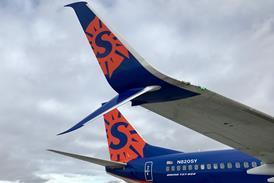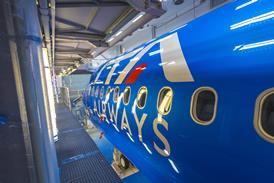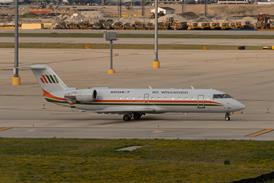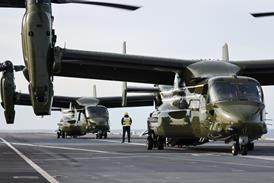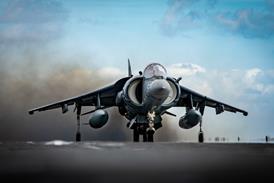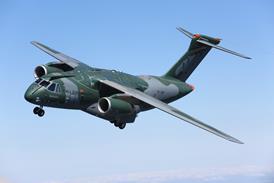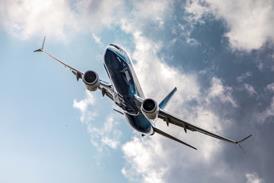South Korea's KTX-II programme at last looks ready to get off the ground, after more than two years of delay, with the signature of a deal between the air force and prime contractor Samsung Aerospace to launch full-scale development of the advanced-trainer/light-strike aircraft.
The 1.2 trillion won ($1.27 billion) contract concluded on 24 October covers the design and development of the tandem-seat aircraft by Samsung and partner Lockheed Martin, with the fabrication of four flying prototypes and two static-test airframes. The flight-test programme, scheduled to begin in 2001, will be covered by a second 400 billion won contract, to be signed at a later date.
Samsung finalised its teaming agreement with Lockheed Martin in September, covering the joint development of the KTX-II through to 2005 (Flight International, 8-14 October). The planned production of 94 aircraft for the South Korean air force, between 2005 and 2009, will require the negotiation of a follow-on workshare agreement.
The South Korean Government will provide 70% of the project's $1.8 billion development funding, shared between the ministry of national defence, contributing 50%, and the ministry of finance and economy, providing 20%.
Samsung has agreed to underwrite another 17% of the programme's costs, while Lockheed Martin will cover the remaining 13%, mainly in the form of technology and personnel.
A further 11 South Korean companies will be involved in the programme as subcontractors, including leading firms Daewoo, Korean Air and Lucky Goldstar.
Workshare will be modelled on the licence-built Lockheed Martin F-16 Korean Fighter Programme, but, aside from Samsung, none appears willing to take a risk-and-revenue stake in the project. Hyundai has been excluded from the agreement because of its backing of Daimler-Benz Aerospace's proposed rival AT2000 trainer.
Lockheed Martin expects to receive Congressional approval of a technology-export licence on 10 November, following notification on 9 October. Aside from clearing the way for Lockheed Martin's participation, it will also provides approval for KTX-II sales to specified third countries.
The two companies hope to sell as a many as 600-800 aircraft worldwide, with existing operators of the Northrop F-5E/F fighter seen as having the strongest sales potential. Samsung is known already to have begun marketing efforts inTaiwan and Turkey.
A final official selection of the KTX-II powerplant is also expected to be made shortly, with the General Electric F404-402 viewed as the preferred choice over the Snecma M88-2 engine.
Source: Flight International

